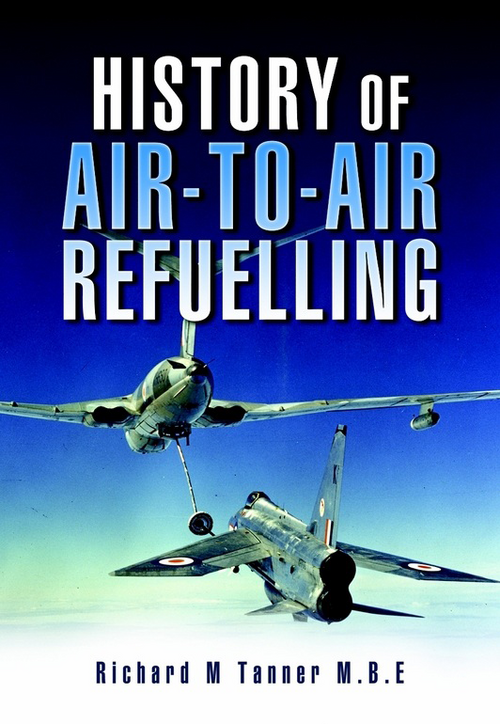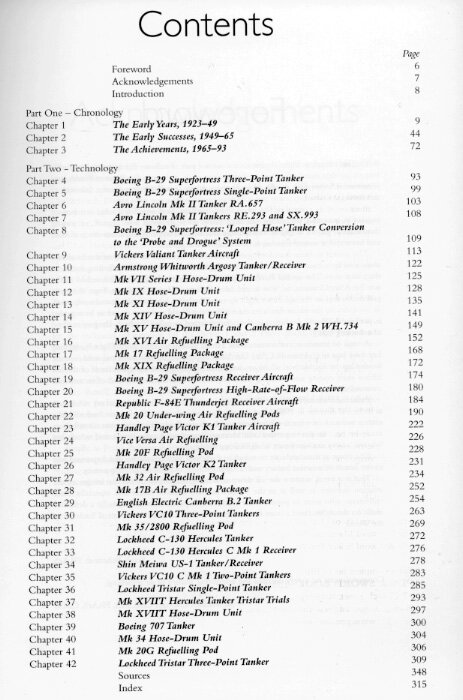- Joined
- 26 May 2011
- Messages
- 2,221
- Reaction score
- 3,147
This has just gone on sale. No projects, but was interesting to work on all the same.

 shop.keypublishing.com
shop.keypublishing.com
Chris

Air-to-Air Refuelling Aircraft
Air-to-Air Refuelling Aircraft Modern strategists talk about force multipliers, and for air operations, air-to-air refuelling is without doubt the greatest force multiplier of all. In-flight refuelling has enabled the longest bombing missions in history and also persistence in air defence, reach...
Chris




